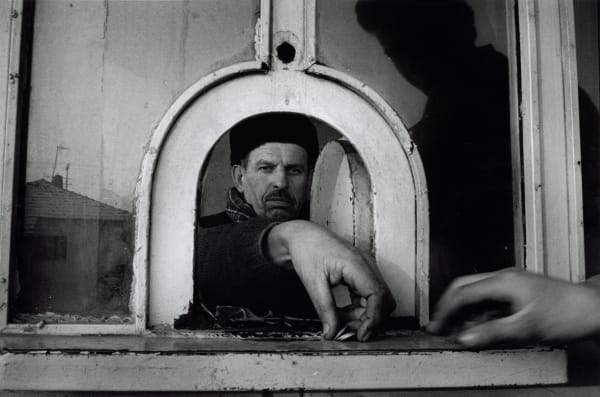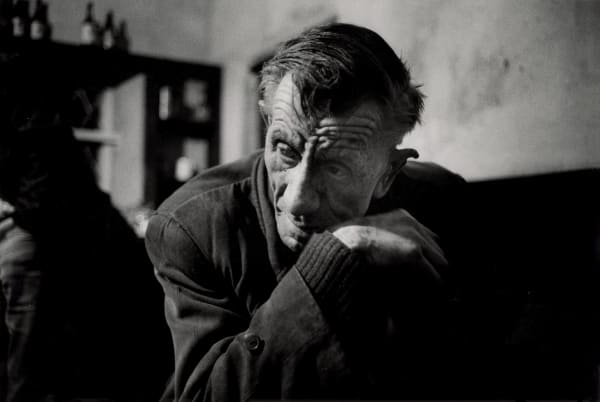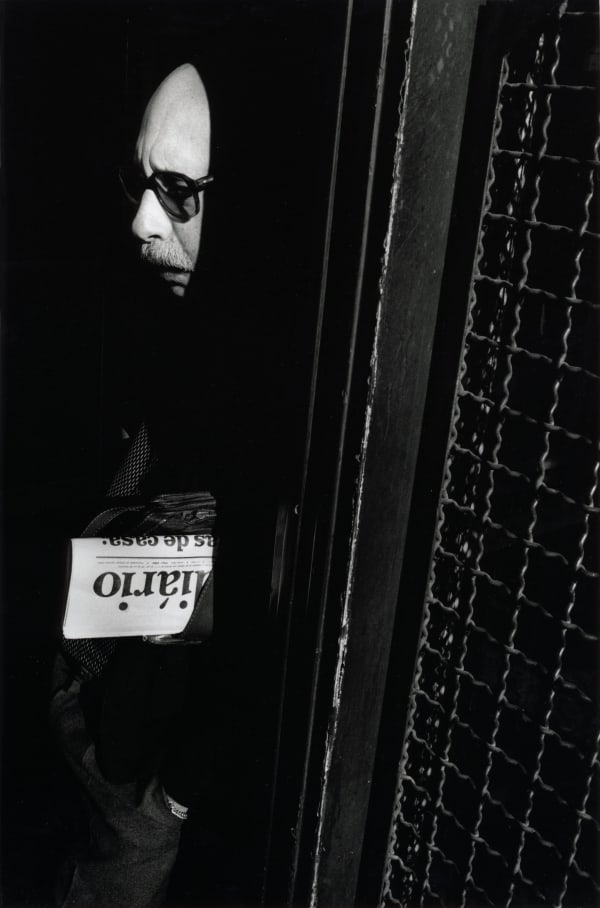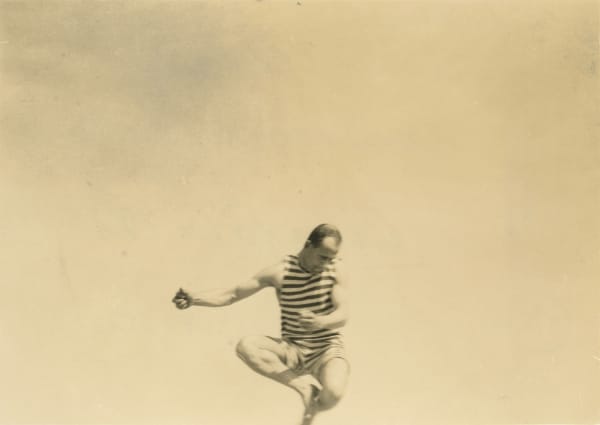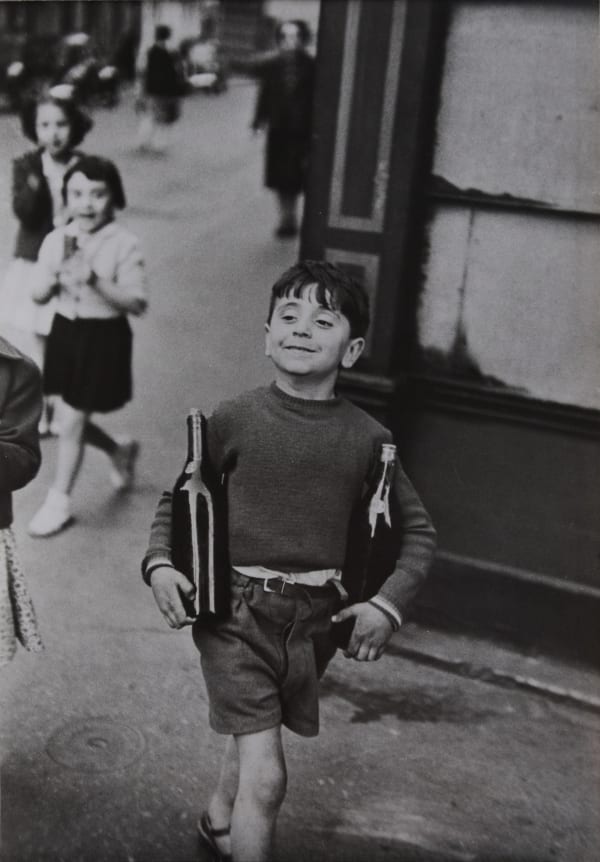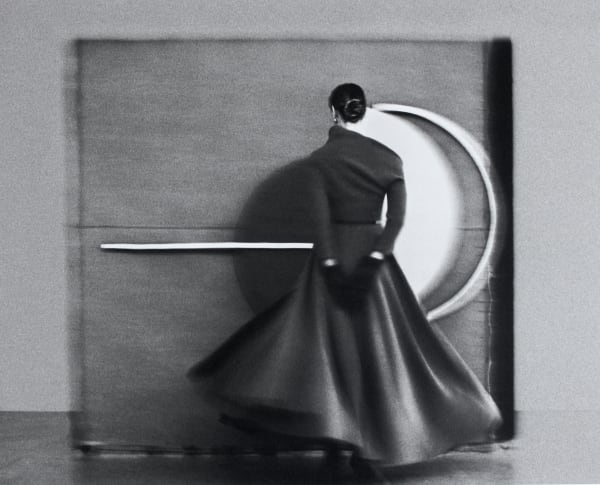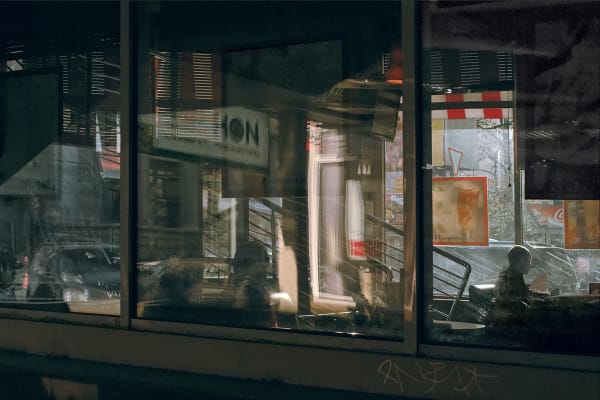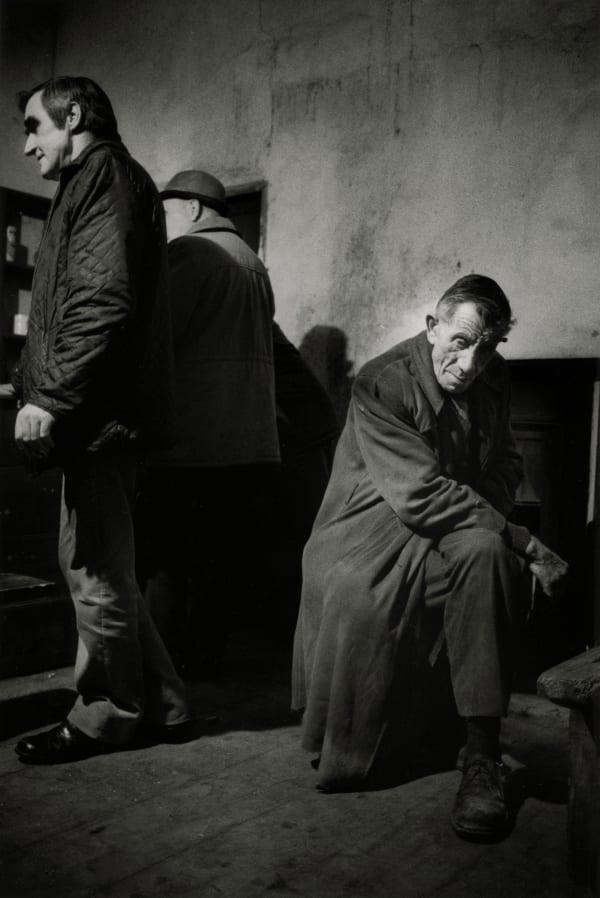-
 Street Kids, Av. Almirante Reis, Lisbon, c.1980s
Street Kids, Av. Almirante Reis, Lisbon, c.1980s -
 Det Limtelys (The Limelight), Turkey, 1985
Det Limtelys (The Limelight), Turkey, 1985 -
 Drum 6, 1991
Drum 6, 1991 -
 Drum 81, 1991
Drum 81, 1991 -
 Drum 31, 1991
Drum 31, 1991 -
 Drum 43, 1991
Drum 43, 1991 -
 Drum 55, 1991
Drum 55, 1991 -
 Drum 74, 1991
Drum 74, 1991 -
 Drum 85, 1991
Drum 85, 1991 -
 A Bit of a Newspaper, Rua Carvalho, Lisbon, ca. 1980s
A Bit of a Newspaper, Rua Carvalho, Lisbon, ca. 1980s -
 Alfama, Lisbon, ca. 1980s
Alfama, Lisbon, ca. 1980s -
 Ankara, February 1993
Ankara, February 1993 -
 Barbershop at Closing Time, Lisbon, ca. 1980s
Barbershop at Closing Time, Lisbon, ca. 1980s -
 Mother and Daughter, Rua Ferreira Borges, Lisbon, ca. 1980s
Mother and Daughter, Rua Ferreira Borges, Lisbon, ca. 1980s -
 Newspaper Seller by Hotel Avenida Palace, Lisbon, ca. 1980s
Newspaper Seller by Hotel Avenida Palace, Lisbon, ca. 1980s -
 Paris, ca. 1980s
Paris, ca. 1980s
While much of Clement's work was first presented in exhibitions, by the 1990s he had turned to books as his preferred medium. Among his many voluminous publications of black and white photographs are Byen bag Regnen. Fotografier fra København (1987), Af en Bys Breve. Fotografier fra Lissabon (1993), Drum. Et sted i Irland (1996), Langs Vinden. Et fotografisk Essay (1998) and Før Natten. Havana (2001). These pictorial essays contain very little commentary, just a few words or city titles accompany the photographs.
krass clement
1946 Born March 15, Copenhagen
1973 Graduates from The Danish Film School
Selected solo exhibitions
2020 The unseen room, Sorø Kunstmuseum
2019 The unseen room, Rosphoto, Sankt Petersburg
2016 Krass Clement - The Photobook, Museumsbygningen
2009 A pas mesuré, Maison du Danemark, Paris
2007 Krass Clement, Galerie Argus, Berlin
2004 Harbourfront Centre, the photo passage
2003 Vejen, Fotografisk Center, København
1996 Drum, Ny Carlsberg Glyptotek
1989 Ribe Kunstmuseum
Aabenraa Museeum
1986 Fotograficentrum, Stockholm
Finnfoto, Helsinki
1985 Calcutta live, Kunstindustrimuseet
Fotograficentrum, Göteborg, Schweden
1978 Skygger af øjeblikke, Kunstindustrimuseet
Selected group exhibitions
2013 Åbningsudstilling, Museumsbygningen
2009 "Altid som aldrig før", Skagens Museum, Skagen
2009 Danmark under forvandling, Museet for fotokunst, Odense
2005 Berlin - Copenhagen Exchange, Fotografisk Center, København und Gallery
2001 Faces and Figures, Contemporary Scandinavian Photography, New York
1999 Den foruroligende stilhed, Vejle Kunstmuseum
1991 New York...., Ribe Kunstmuseum
Fotograficentrum, Göteborg
1989 Septembre de la photo, 1. Biennale International, Nice
International Photography, Dublin
1985 Fotokunst 1985,Brandts Klædefabrik, Odense u.a.
1982 Scandinavian Photography "The frozen Image", Walker Art Center, Minneapolis, USA
Shortfilms
1970 Persontog afgår
1969 Udenfor
1965 Linie 9
PUBLICATIONS
2022 Belfast, RRB Photobooks
2021 Metrovia, Buenos Aires, Gyldendal
2019 Across the Cut, RRB Photobooks
2018 Dublin, RRB Photobooks
2016 Impasse Hotel Syria, Gyldendal
2014 Bag Saga Blok, Gyldendal
2012 Venten på i går, Gyldendal
2008 Novemberrejse, Gyldendal
2006 København - et blik over ryggen, Fotografisk Center
2005 Lydhørt, Gyldendal
2003 Berlin Notat, Gyldendal
2002 Forandringen, Gyldendal
2001 Påskesøndag mellem 11 og 16, Gyldendal
2000 Før Natten, Gyldendal
1999 Færgen, Gyldendal
1996 Drum, Gyldendal
1995 Det lånte lys, Gyldendal
1993 Af en By's Breve,Gyldendal
1991 Hvor Ingen Talte, Gyldendal
1990 Ved Døden, Gyldendal
1987 Byen bag Regnen, Gyldendal
1984 Gentagelsens Fest, Borgen
1981 Det Tavse Land, Borgen
Scholarships & Awards
2018 Ole Haslunds kunstnerlegat
2009 Højesteretsagfører C. L. Davis hæderslegat
2006 Fogtdals Store Fotografipris, Niels Wesse Bagge fonden
1999 Thorvald Bindesbøll Medaille
1997 Statens Kunstfond livsvarige ydelse
1990 Statens Kunstfond treårige Stipendium
1989 Bronzemedaille für Byen bag Regnen an der Internationalen Buchmesse, Leipzig
1986 Statens Kunstfond (also 1987 and 1988)
1982 Buchpreis des Jahres für Det tavse Land an der Internationalen Buchmesse, Leipzig
-

The Photography Show, AIPAD
Center 415 • Stand 225 30 Mar - 2 Apr 2023Upcoming photography fair in New York CityRead more -

Paris Photo 2022
Grand Palais Éphémère • Stand D27 10 - 13 Nov 2022For this year’s edition of Paris Photo, the Michael Hoppen Gallery has curated an exhibition of exquisite, unique works. The term ‘unique’ has become ubiquitous, but we use it here...Read more
-

The Photography Show presented by AIPAD 2023
Michael Hoppen's Highlights March 21, 2023Michael Hoppen Gallery is pleased to return to AIPAD, New York, this year with an exceptional group of vintage prints. Each one has a story...Read more -

Spring Newsletter 2023
February 9, 2023ARTIST NEWS, EVENTS AND EXHIBITIONS TIM WALKER Solo exhibition: Wonderful Things Journey into the fantastical worlds created by internationally acclaimed fashion photographer Tim Walker....Read more -

Paris Photo 2022
Michael Hoppen's Highlights November 1, 2022Michael Hoppen Gallery is delighted to share a preview of our Paris Photo presentation. The fair opens at the Grand Palais Éphémère in the grounds...Read more -

Krass Clement
New Representation October 25, 2022Michael Hoppen Gallery is proud to announce representation of Danish photographer, Krass Clement (b. 1946). Clement graduated as a film director in 1973 but soon...Read more -

Summer Newsletter 2022
July 13, 2022NEW ARTIST REPRESENTATION Ori Gersht Krass Clement ARTIST NEWS & EXHIBITIONS Eamonn Doyle and Jean Curren at Photo Ireland, Dublin July 7 -...Read more

